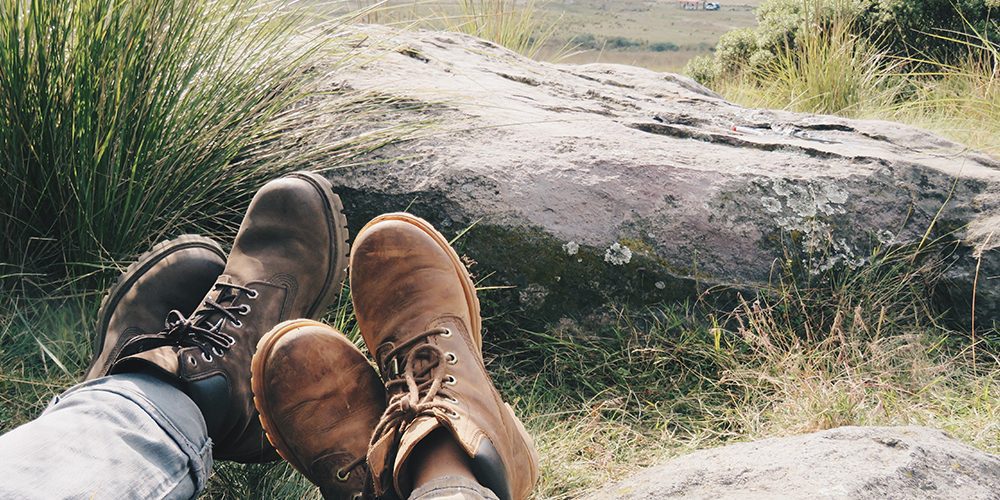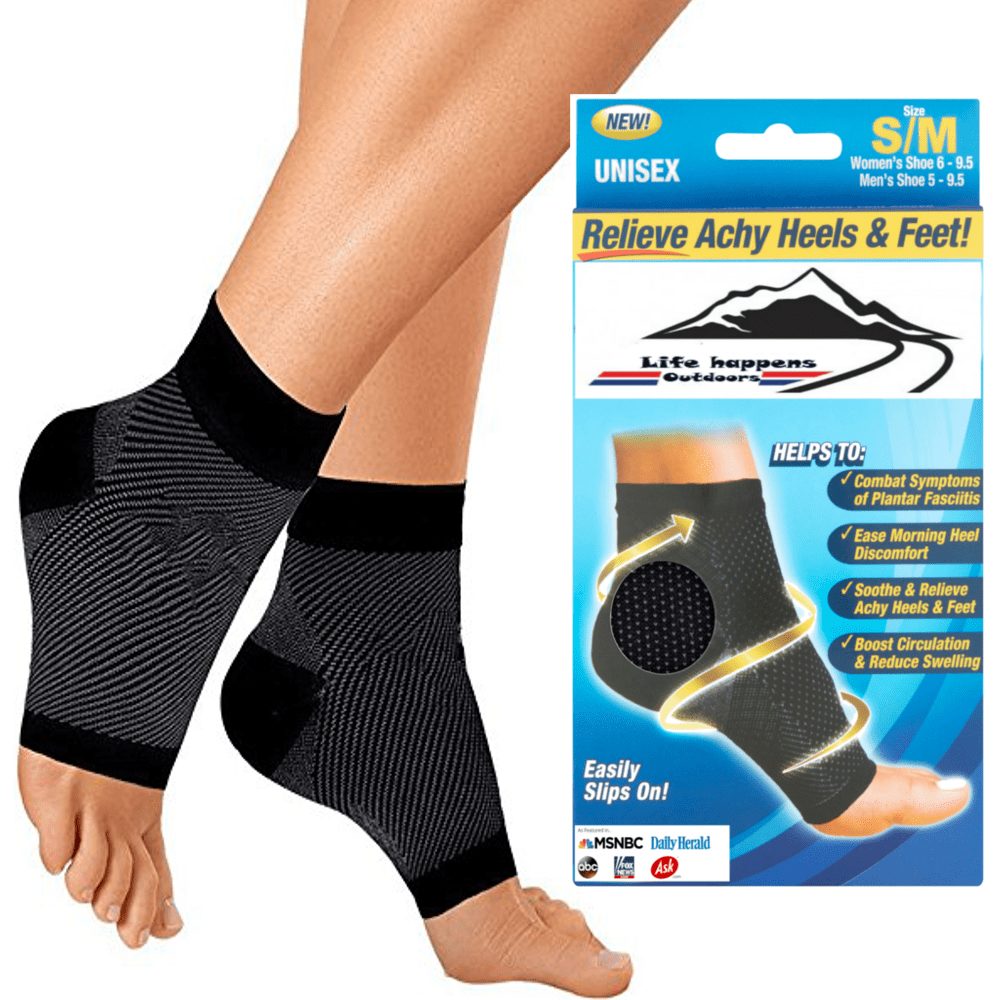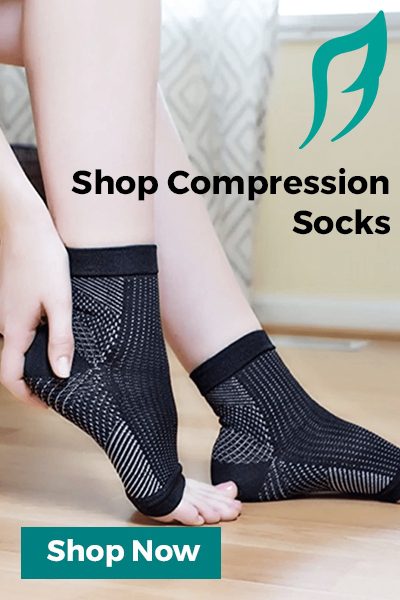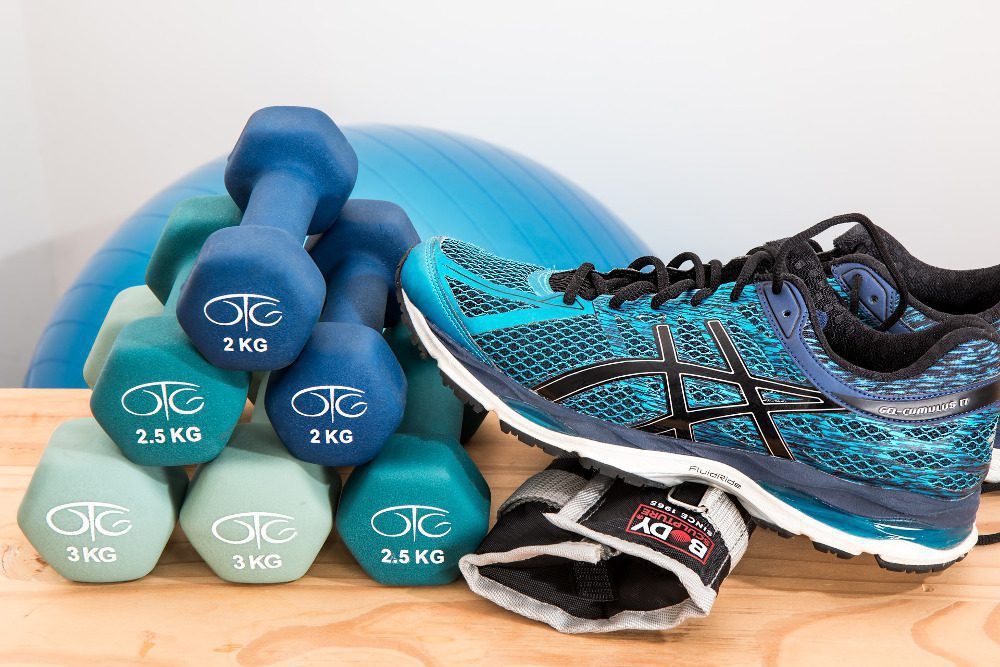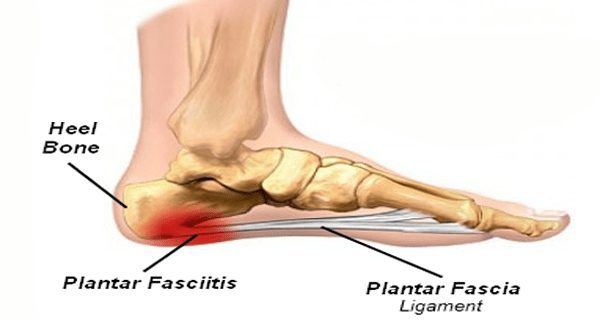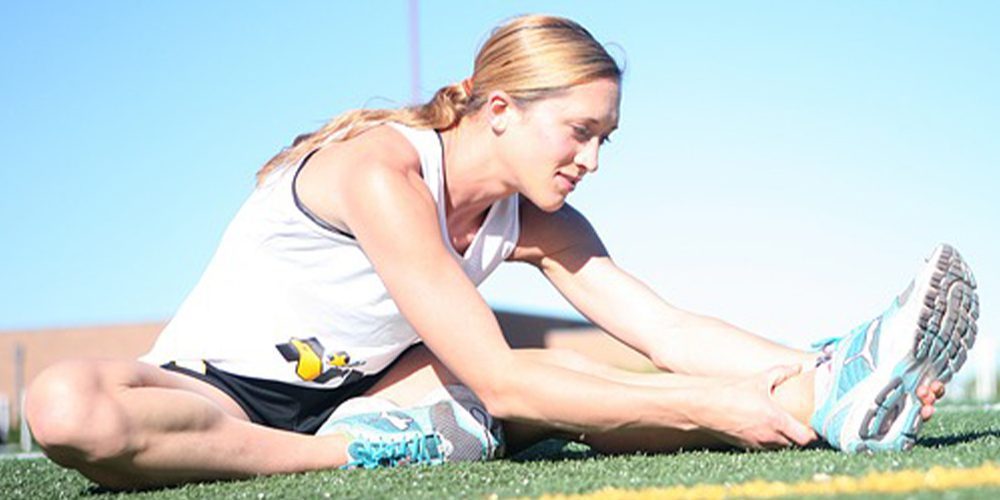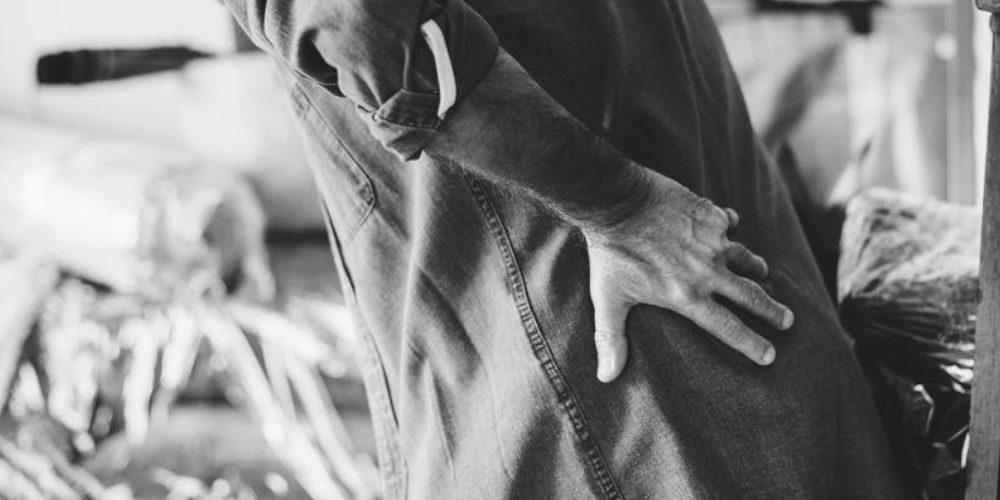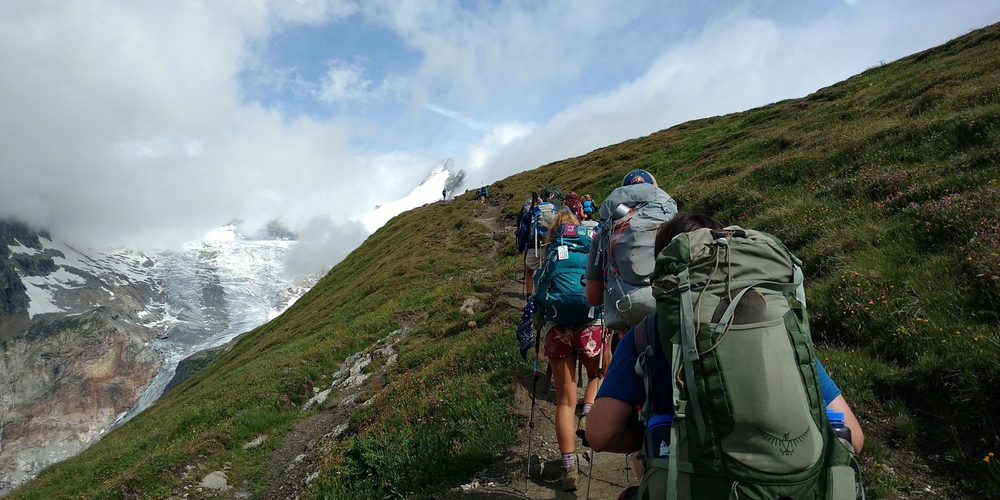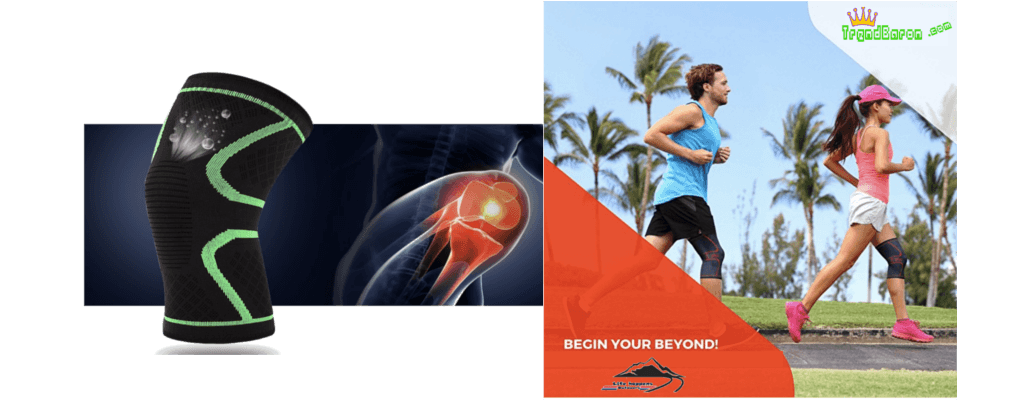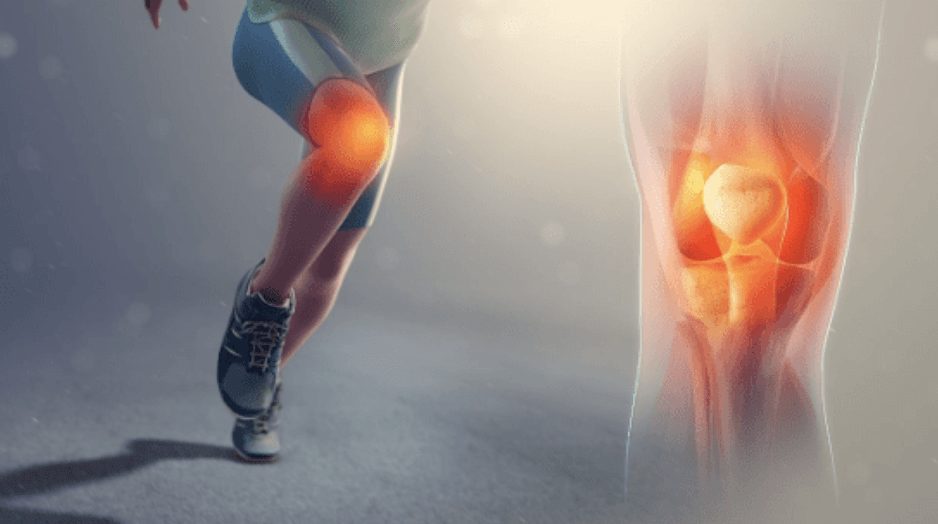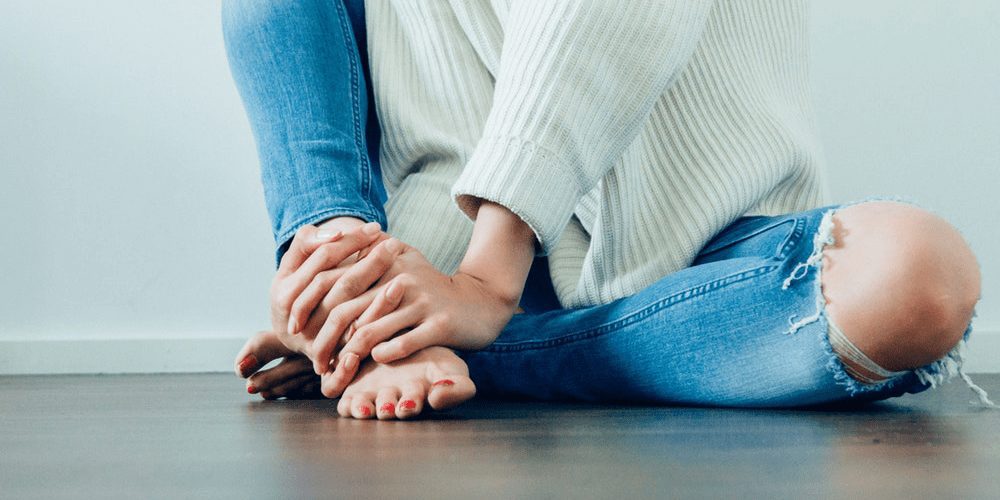Spending time in the outdoors is a brilliant way to release stress, calm the mind, and recharge your energy. While some prefer to spend their time in nature in a peaceful spot with the family, others are excited by adventure and choose to hit the mountains. Regardless of whether it will be a long walk or a challenging mountain climb, the body is put to the test, especially if this is not something you would normally do over the weekend.
Hiking and mountain climbing are popular adventure activities preferred by many. Both of them, however, require a level of preparation beforehand and some research in order to keep the body safe and comfortable at all times. Especially the feet.
Contents
How to protect your feet for hiking or climbing?
Our feet are an essential part of the body, responsible for most of our transportation. Although positioned at the bottom of the body, their importance is certainly significant. If your feet are not used to walking long distances, it is only natural that pushed to the limit they may struggle to perform and cause discomfort, pain, or more serious conditions which may prevent you from completing your hike or climb. We thought it may be useful to share a few pointers on keeping your feet happy and safe during long walks, hikes, or mountain climbs so your next adventure in nature will be one to remember with positive moments only.
Choose your walking shoes carefully
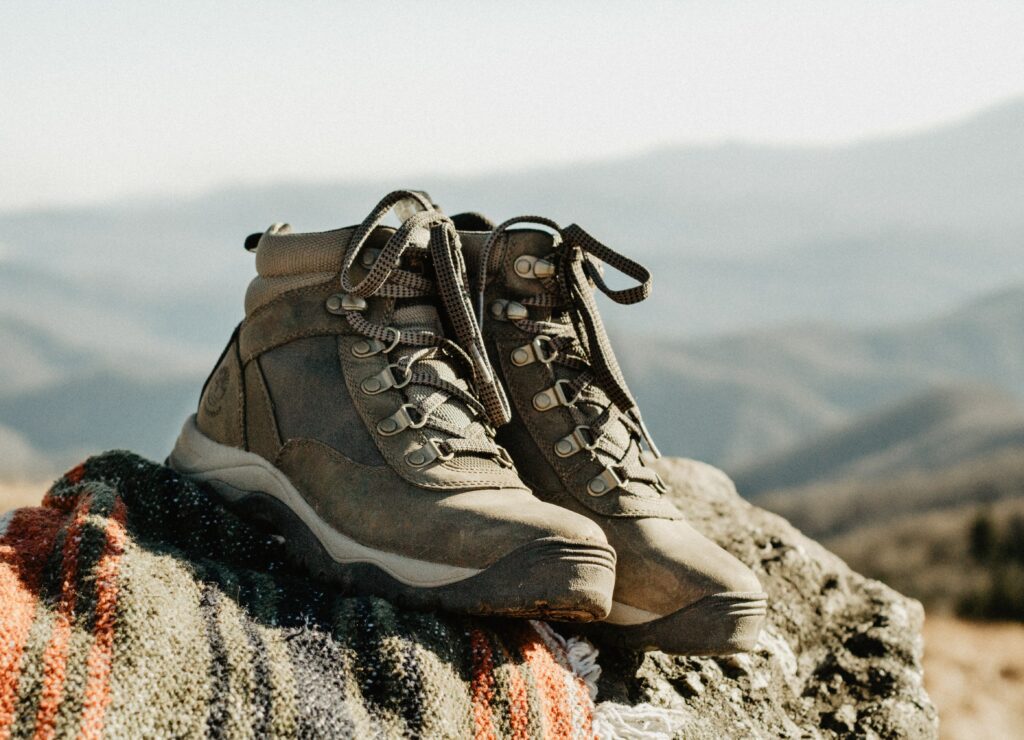
As part of the preparation, choosing your walking shoes is an essential activity that can either make or break the whole journey. This is the first and most important step to taking care of your feet. The chosen mountain shoes or walking boots must be well-fitted and broken in. The heel of the boot should be positioned tightly to the rear of the foot. At the same time, your toes should feel free to move around and breathe.
Before you purchase your mountain or hiking shoes try to move around in them as much as possible. If you notice that your foot is sliding to the front, back, or sides, the pair may not be the best one for you. You want to avoid friction, which will ultimately result in painful blisters. On the contrary, giving your feet too little space means that you are risking harming the toes. They will be forced to bend and they can even get smashed as you walk downhill.
You can see why it is utterly important to try your new pair of shoes before buying. Avoid shopping for mountain shoes online or make sure you have tried them on before purchasing. After purchase, give yourself some time to adapt to the shoes before hitting the tracks.
Tip: You can use extra support for your feet with our Total Support Orthotic Insoles. Limit the pressure on the bottom of the foot during long walks and offer your feet excellent support at all times. Every step will feel like a walk on clouds.
Wear comfortable socks
The choice of socks is also a crucial part of preparing for your next walking adventure. Depending on the climate and terrain, the socks and boots will vary. However, there are a few basic tricks to keep things under control.
For experienced hikers or long-distance enthusiasts, the best recommendation is to wear two pair of socks. The first pair is tasked with the role of providing a thin, skin-tight, moisture-wicking synthetic base, while the second pair is often made from wool material or similar. The pair next to the skin is the one responsible for eliminating friction and to keep your feet from sweating. The outer pair, on the other hand, is tasked with eliminating friction by offering a cushion between the foot and the shoe.
If you haven’t had any experience with long-distance walks it may be difficult to imagine how important socks can be. However, in many cases, the wrong choice of socks has resulted in an inability to complete a hike or a mountain adventure.
Tip: Try wearing the socks inside out to avoid the stitching to cause discomfort in the toenail zone. Try our Pain Relief Foot Compression Socks for extra stability in the ankles and feet. They can also be great for dealing with swellings and offering immediate pain relief. Additionally, try wearing the compression socks after the long walk for faster recovery. The Heel, Ankle, and Achilles Pain Management Socks are another great alternative to give a try.
Keep your boots laced properly
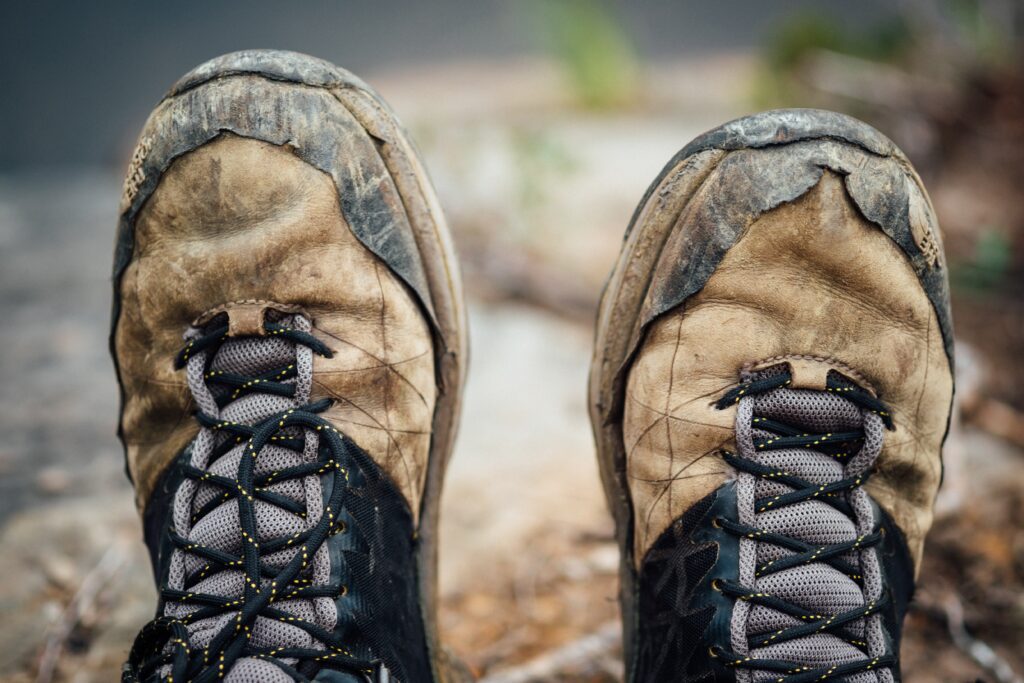
Even if you find the perfect pair of mountain shoes or walking boots, if you don’t lace them properly you won’t be able to exploit all the benefits and comforts of the product. We can’t really give specific advice for lacing as every pair of shoes and every foot has its own, unique characteristics. The important thing to keep in mind is that the heel should be firmly pushed to the back of the boot. At the same time, there should be an easy flow of circulation to the toes. Avoid tying the laces too firm and cutting off all circulation.
There are different lacing methods available online which you can experiment with. Before hitting the road, try a few lacing alternatives at home or on a short walk to test how your feet feel.
Keep your toenails short
Keeping your toenails short is an important but commonly overlooked part of keeping your feet happy during long walks. Make sure to clip your toenails before leaving in order to avoid painful situations. Regardless of the boots you choose, if your toenails are too long they are bound to press into the walls of the boots, causing pain and potentially more serious wounds. When walking straight for hours with long toenails, you even risk your nails detaching or heavy bleeding.
It is best to use a straight cut instead of the common curved cut to avoid ingrown toenails, which are also the hiker or mountain climber’s worst nightmare. Careful not to cut the toenails too short as this will also not be a comfortable state for your feet during a long walk.
Make the most of powders and creams
Now that we have covered the basics when it comes to feet management during long walks, it is time to move on to the “accessories” or the supplies you can pack for extra care. The use of foot powders or creams is extremely specific for every walker and the choice will depend on your personal preferences and requirements. Some hikers can’t take off without these extras while others have never used them and don’t really feel the need to.
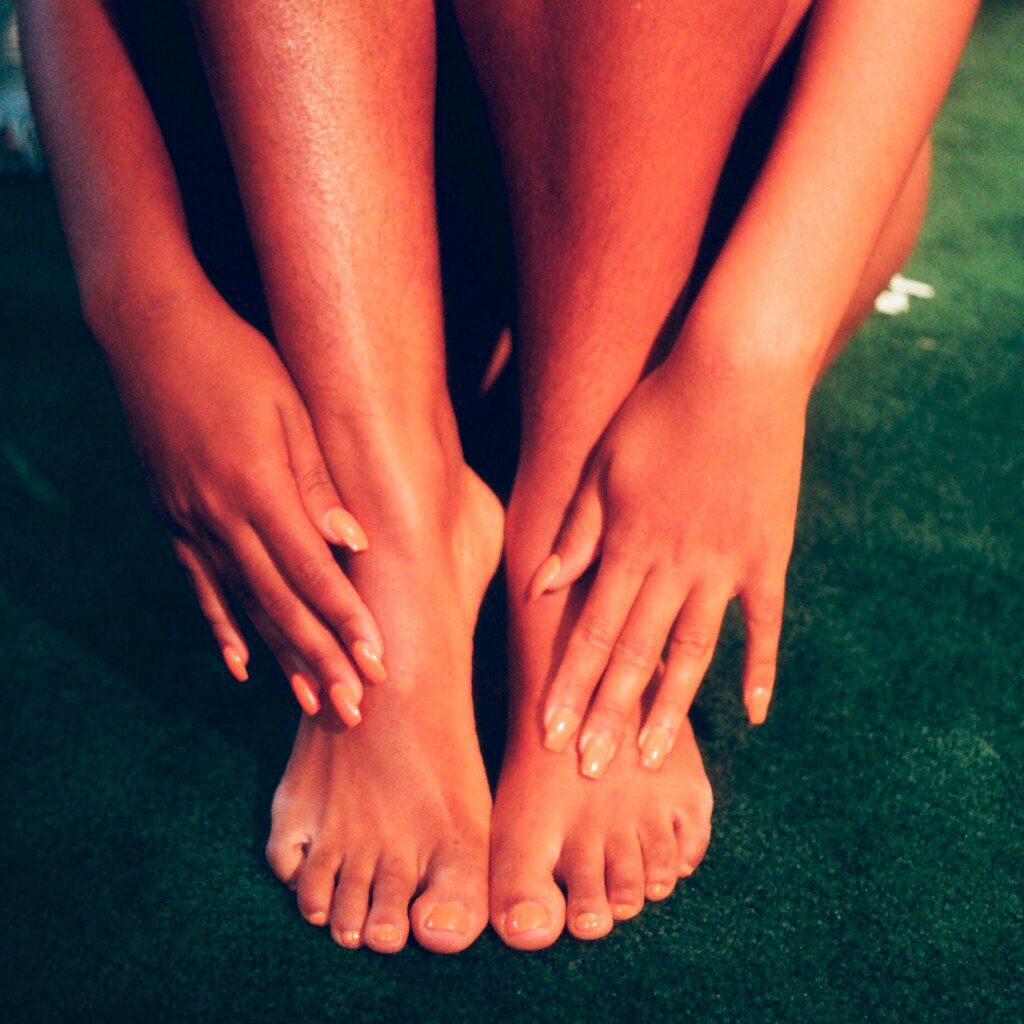
In order to make the right choice for your feet, it is advisable to do some testing before you take off. If you go to the gym or jog in the park a few times a week, test a few products to see if the results are positive. There are sprays that prevent your feet from sweating and ultimately reduce moisture and blisters. Powder, on the other hand, reduces friction and can be combined well with a nice pair of shoes to ensure safety for your feet. Alternatively, another way of coping with friction is to moisturize the feet before the walk.
As you can see, two completely different products can be used for the same purpose and it all comes down to which one you will be more comfortable with. In regards to price, most of these supplies are affordable and will not break the bank. The choice is all up to personal preference and comfort.
Hiking or mountain climbing can be an extremely fun way to spend time in nature and put your mind and body to the test. Some hikers spend more than ten hours in the outdoors constantly moving and exploring. You can imagine just how stressed the feet can become if not prepared in advance. Apart from the suggested tips in this article, there are other ways to physically prepare your feet and whole body for such endeavors. Forming a regular habit to visit the gym or increasing your cardio sessions will certainly have a positive effect on your durability out in the open.
If you have previous foot or leg traumas, be extra careful and if possible, seek advice from a medical expert regarding the ways you can support your feet during long walks, especially when hiking or mountain climbing. Securing your feet an extra level on your journey will guarantee that they remain healthy and safe for a longer period of time, allowing you to embrace more adventures in the future. We hope that this list of ways to keep you safe during hikes or mountain climbs helps you prepare better and stay comfortable and strong.




